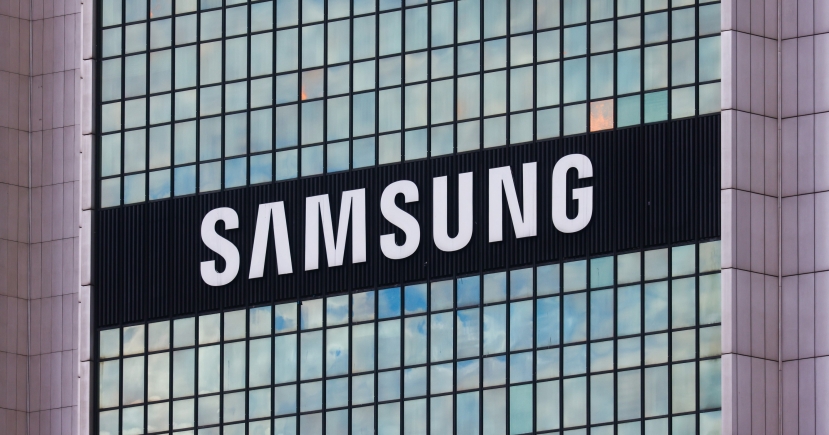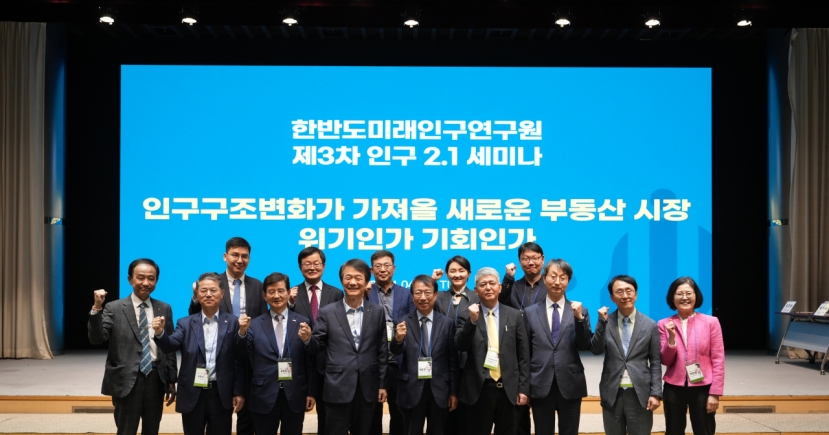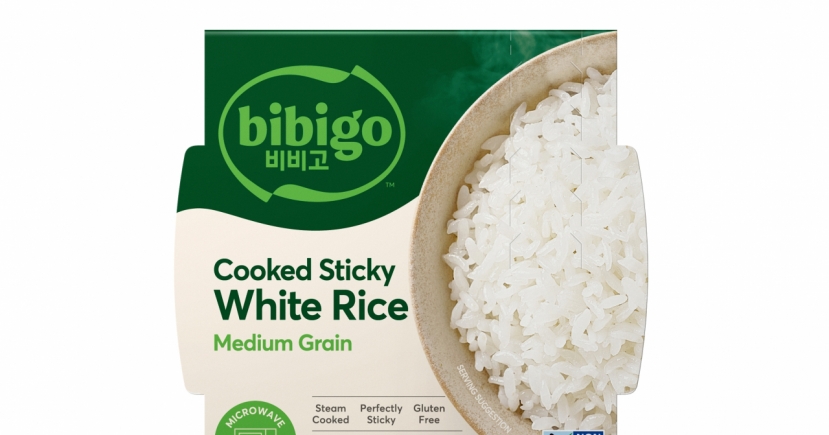Market Now
S. Korea’s economy sees slower-than-expected growth in Q3
 |
This photo shows a quay at South Korea’s leading exports port of Busan full of containers (Yonhap) |
South Korea’s economy has expanded at a slower-than-expected pace in the July-September period due to lackluster private consumption despite a recovery in exports, central bank data showed Oct. 26.
The economy grew 0.3 percent in the third quarter, compared with a 0.8 percent growth in the second quarter and the corresponding figure of 1.7 percent in the first quarter, preliminary data released by the Bank of Korea showed.
The third-quarter reading falls short of the BOK’s August anticipation of over 0.6 percent growth for the third and fourth quarters each, ultimately adding up to an annual 4 percent growth for this year.
“A resurgence of the COVID-19 virus in the third quarter has led to a slump in private consumption and disruption in the global supply of automotive chips and construction materials,” Hwang Sang-pil, chief of the BOK’s economic statistics department, said in a press briefing.
“If the economy expands by 1.04 percent on-quarter in the last quarter, then the annual growth outlook of 4 percent could be achieved,” he added.
The official brushed off the slower-than-expected third-quarter growth as “not a matter of big concern,” and kept an optimistic outlook on the economy.
Private consumption fell 0.3 percent on-quarter with the third wave of the virus, compared with a 3.6 percent gain in the previous quarter. Earlier this summer, the government adopted the toughest level of social distancing rules in Seoul and nearby areas, as the daily infection count has remained in quadruple digits since July 7.
However, the government began easing restrictions last week and plans to move onto a “living with COVID-19” phase, which will treat the virus like a seasonal influenza, starting next month. Though some rules, such as an indoor mask-wearing rule, will remain intact, the services sector including cafes and restaurants will be able to operate around the clock under relaxed conditions.
The country’s accelerating vaccination rate is a main catalyst behind the eased restrictions, with the nation’s health authorities saying that 40.84 million people, or 79.5 percent of the country’s 52 million population, have received their first shots of COVID-19 vaccines since February when the country began its inoculation campaign. The number of fully vaccinated people reached 36.42 million, or 70.9 percent.
Exports overall grew 1.5 percent on-quarter driven by overseas demand of coal, oil and machinery products, recovering from a 2 percent drop in the previous quarter. Imports, on the other hand, shed 0.6 percent, in the same period.
According to the latest data compiled by the Ministry of Trade, Industry and Energy, the nation’s exports of automobiles fell more than 20 percent last month, ending eight months of on-year growth, mainly due to the continuing supply shortage of automotive chips.
Outbound shipments of automobiles fell 6.1 percent on-year to $3.56 billion and in terms of units, shed 20.7 percent to 151,689 units in the cited period, data showed.
By Jung Min-kyung (mkjung@heraldcorp.com)




![[Exclusive] Korean military set to ban iPhones over 'security' concerns](http://res.heraldm.com/phpwas/restmb_idxmake.php?idx=151&simg=/content/image/2024/04/23/20240423050599_0.jpg)



